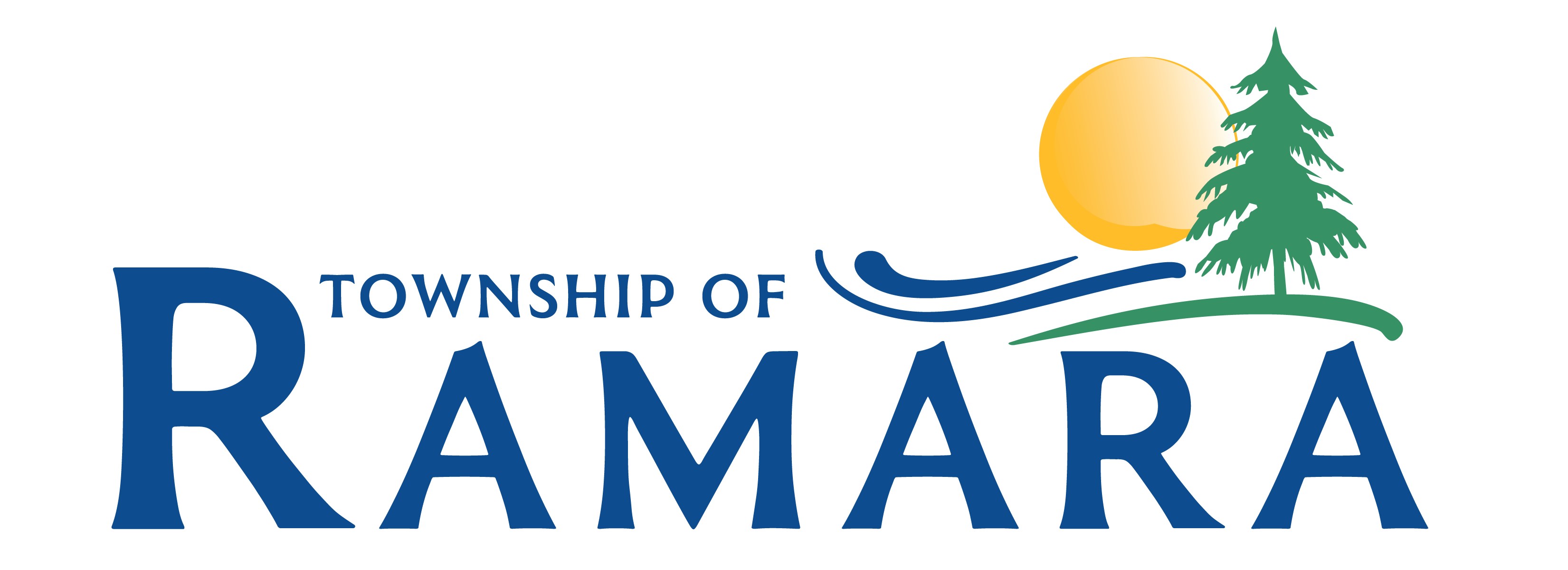Asphalt pavement is widely used in road construction and other urban infrastructure projects. It can be found almost everywhere in and around urban centres. You may know asphalt pavement is a mixture of aggregates, binders and fillers. However, you may not know that there is more than one kind of asphalt! We're going to talk about one of the more common aggregate products, hot mix asphalt, and go over some of its uses.
What is Hot Mix Asphalt? |
|
Hot mix asphalt is a variety of asphalt that contains around 95% aggregates (like crushed rock, sand, gravel or slags). These products are stuck together using asphalt cement, which is a crude oil product. As the name hints, hot mix asphalt is produced at high temperatures, usually between 150°C and 190°C. Since it must maintain its temperature when poured, the weather cannot be too cold. The outdoor temperature must be above 4°C (40°F). Common uses for hot mix asphalt (HMA) include the paving of highways, roads, driveways and parking lots. HMA is flexible, weather-resistant and can easily repel water. |
How is Hot Mix Asphalt Placed? |
|
Hot mix asphalt is usually used to paved roads. When it's used for paving, HMA is brought to the paving site and then dumped into hoppers of a paving machine. The asphalt is then applied — typically in 4 to 8 inch thick layers — and compacted using a heavy heater roller. The road can usually be driven on as soon as the pavement cools. The layering system for paving has the lower layers acting as support for the to top layers. For a smoother surface, the lower layers are typically made up of aggregates that help prevent rutting and failure. The aggregates in the top layer are chosen for their friction and durability. |
How is Hot Mix Asphalt Categorized? |
|
Hot mix asphalt is usually categorized into the following types:
|

